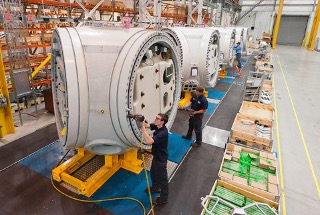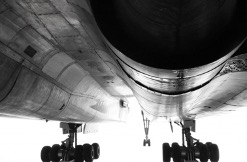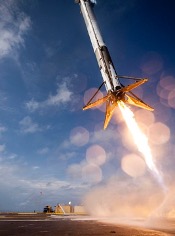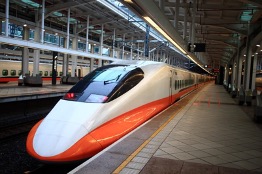Friction Stir Welding Services Spotlight: End Applications
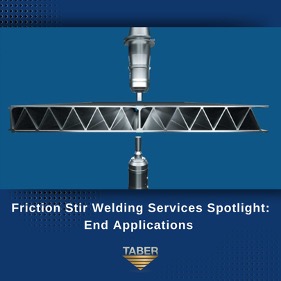
Friction stir welding is a solid-state process where a non-consumable tool generates heat through friction, softening the workpiece near the tool. The softened metal is mixed and forged under mechanical pressure, creating a steel-strong bond. It’s akin to a sculptor shaping and uniting metal like clay or dough.
FSW was invented in 1991 by The Welding Institute (TWI) in the United Kingdom, and it has since become one of the most versatile and widely used welding processes in the world. This blog delves into the realm of FSW, covering the process, its advantages over traditional methods, and its applications across industries.
Unlocking the Hidden Benefits of FSW — Your Ultimate Guide!
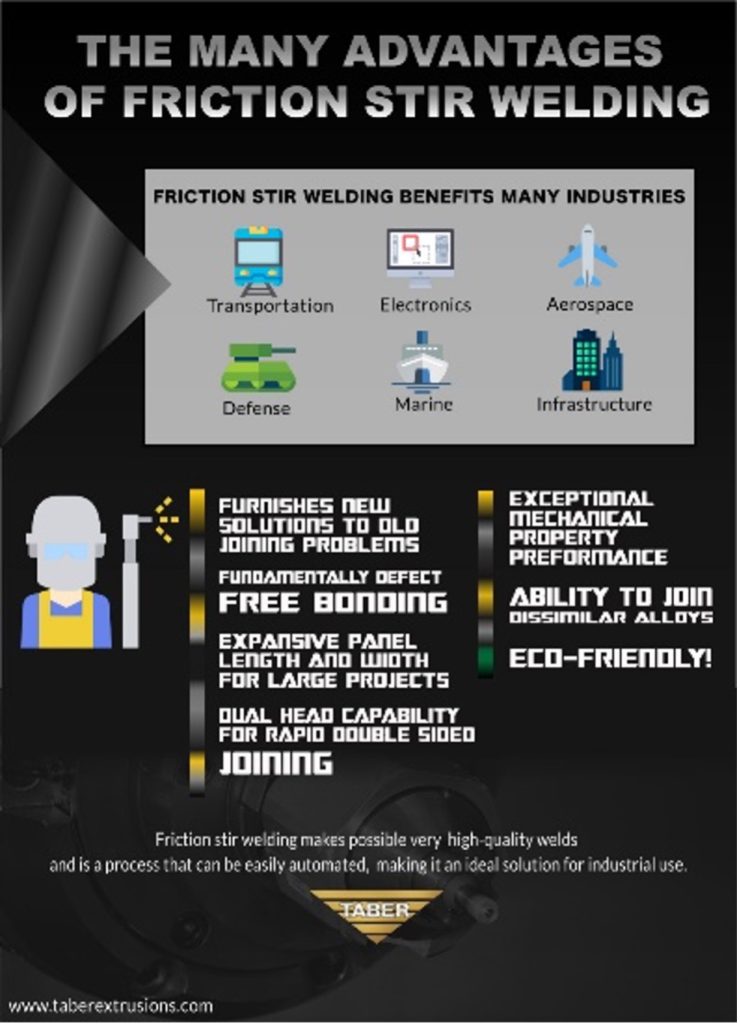
FSW has revolutionized the welding process and changed the way we join metals. It is a versatile and efficient process that offers several advantages over traditional welding processes.
- High weld quality: FSW is a solid-state welding process that produces robust, flexible, tough welds without melting the metal and eliminating defects.
- Low distortion: This localized welding technique minimizes distortion in welded components by concentrating heat near the weld area.
- Wide range of materials: FSW can weld various materials like aluminum, magnesium, copper, and steel alloys
- Versatility: It can effectively join components of different thicknesses and configurations and is capable of welding dissimilar materials, such as aluminum and steel.
- Environmental Benefits: FSW is more environmentally friendly than other welding processes, such as arc and laser welding. FSW produces less fumes and smoke and does not require shielding gas.
In addition to these advantages, FSW is a reliable and repeatable welding process. This makes it ideal for high-volume production applications.
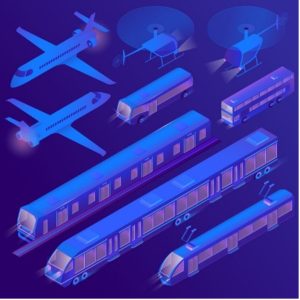
FSW Services Have Revolutionized Joining Metals (particularly in U.S. aluminum extrusions)
The industries that use the most FSW are:
Aerospace
Due to the need for aircraft fuselages to act as engine components, the aerospace sector has embraced FSW services for their lightweight, high-strength characteristics and their ability to maintain optimum structural integrity after being welded.
Automotive and rail
FSW finds its application in producing aluminum-intensive cars, where robust and reliable joints are paramount. By utilizing FSW technology, automotive manufacturers can reduce weight while maintaining structural integrity, improving performance and safety.
Marine
The marine industry widely employs FSW for welding aluminum structures that need high strength and corrosion resistance. It produces high-quality welds and is more environmentally friendly than other welding processes. Its use in the maritime industry has led to significant cost savings, improved efficiency, and better-quality welds.
Electronics
The electronics industry uses FSW to produce heat sinks and join dissimilar metals, such as copper and aluminum. It offers improved thermal performance, reduced weight, and reliable and repeatable welds, making it an attractive option for electronic device manufacturers.
General fabrication
FSW provides a solid-state welding process that results in high-quality, defect-free welds. It is also ideal for welding various materials, such as aluminum, magnesium, copper, and steel alloys, and has less distortion and fumes than traditional welding processes.
Various other sectors, such as energy, construction, and medical devices, also utilize FSW in addition to these industries. The FSW process is a great partner for demanding applications because it creates seamless and defect-free welds in large aluminum extrusions.
Taber Extrusions Expands Capabilities with Friction Stir Welding
Watch the “Taber: Advanced Friction Stir Welding Capabilities” video here: https://www.youtube.com/watch?v=Xw5sxgHSn7I
If your company is in need of friction stir-welding services, consider the leading American aluminum extrusion company—Taber Extrusions.
Taber’s FSW capabilities allow them to create panel assemblies that are very large (up to 200 inches wide by 65 feet long). They can also make double-walled hollow extrusions up to 6.5 inches tall, 32 inches wide, and 65 feet long. The FSW production cell carries out all of this through a unique production process, which also trims the profiles of the panels before joining them.
Taber’s in-house FSW capabilities provide its customers with a more comprehensive suite of services, meeting the ever-increasing demand for FSW across various industries.
More About Taber Extrusions:
Founded in 1973, Taber Extrusions originally pioneered a process for extruding rectangular billet which enables the company to extrude solid profiles up to 31 inches wide or hollows up to 29 inches. Taber expanded with a facility in Gulfport, MS., in 1995, which houses a state-of-the-art cast house and two additional presses, micro-extrusion capabilities, and the fabrication area has been expanded multiple times – with the most recent being the addition of the new larger machining center.
Taber continues to extrude billet in a wide range of alloys and sizes, and has diversified its markets beyond military since its inception to include aerospace, automotive, marine, infrastructure, and sporting goods, among many others. For these markets, the company supplies cast and extruded products in a variety of soft and hard alloys.
Today, Taber Extrusions is proud of its friction stir welding capabilities, and full offering of extruded aluminum components, value-added machining services and raw material supply to the North American market.
Taber Extrusions is here to make your dreams a reality. Taber’s team of experts will guide you through the entire process, from selecting the perfect custom shape to choosing the suitable alloy. And their award-winning extrusion process will bring your project to life.
Follow Taber Extrusions:
LINKEDIN: https://www.linkedin.com/company/taberextrusions/
FACEBOOK: https://www.facebook.com/taberextrusions/
TWITTER: https://twitter.com/taberextrusions
Are you interested in becoming a part of the Taber team? Submit your resume to careers@taberextrusions.com.





